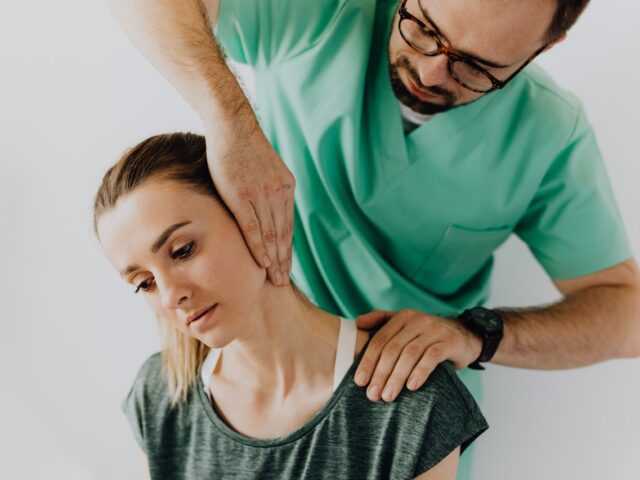
Minor vs Non-Catastrophic Injuries: What’s the Difference?
Ontario has a no-fault auto insurance system, which means that if you are injured in a motor vehicle accident, regardless of who was at fault, you are eligible to apply for insurance benefits to cover the costs associated with your injury.
Auto insurance benefits are governed by a piece of legislation called the SABS (Statutory Accident Benefits Schedule) which sets out the rights, responsibilities and rules for insurance companies and insured persons. The SABS essentially classify injuries into three categories:
- Minor injuries (covered by the Minor Injury Guideline or MIG)
- Catastrophic injuries
- Non-catastrophic injuries that neither fall into the Minor Injury Guideline nor meet the threshold for catastrophic injuries as defined in section 3.1(1) of the SABS. The specific term “non-catastrophic” is not used in the SABS, but that’s how they are generally referred to.
This last category–those in between, non-catastrophic injuries–is our topic today and for the next few posts.
People with minor injuries are eligible for up to $3,500 of medical and rehabilitation benefits, but as anyone who has been in a car accident knows, it doesn’t take long to meet or exceed that amount. Regular visits to see a physiotherapist or other health professional, therapeutic supplies and rehab-related equipment add up very quickly.
The next level of benefits–those for non-catastrophic injuries—jumps all the way to $65,000 for medical, rehabilitation and attendant care costs. If you have purchased Optional Accident Benefits on top of your standard auto insurance policy, the caps may be higher and there will be more types of benefits available to you.
Benefits for non-catastrophic injuries also cover more types of expenses than those for minor injuries. Minor injury benefits only include medical and rehabilitation expenses, while non-catastrophic injury benefits include:
- Medical and rehabilitation benefits: benefits to cover medical expenses and rehabilitation costs related to your injury that aren’t covered by OHIP or other health insurance plans. A few examples of reimbursable costs are ambulance, dental, physiotherapy, counselling, medication, mobility devices and transportation to treatments or training sessions.
- Attendant care: benefits to offset the costs of an attendant or aide who cares for you after your accident.
- Income replacement benefit: a weekly benefit to replace some of the income you lose while you cannot work.
- *Non-earner benefit: a benefit that provides compensation if you’re completely unable to carry on a normal life, and do not qualify for the income replacement or caregiver benefit (generally applicable to students, retired people, or stay-at-home parents).
- *Caregiver benefit: if you cared for dependents full-time prior to your accident, this benefit offsets costs of hiring someone to care for your dependents.
- *Housekeeping & home maintenance: benefits to pay for household upkeep that you’re no longer able to do.
The benefits above marked with an *asterisk are available for non-catastrophic injuries if you have purchased Optional Accident Benefits.
As you can see, the auto insurance benefits system can be rather confusing. If your injuries are incorrectly categorized, you lose access to significant financial assistance that is critical to getting through the life-changing experience of being seriously injured in a motor vehicle collision. At Van Dyke Law, we’re here to make sure you get the benefits you deserve and are entitled to.
